Do These Things Help or Hurt Your Mouth?

A Sparkling Smile
In ancient times, people cleaned bits of food from their teeth with slender twigs that were frayed at the end. Today, we have so many options, from home remedies to hot trends, that it can be hard to know what works and what can do more harm than good.
Swipe to advance

2
/
14
Baking Soda and Peroxide
People have been trying this combo to clean and whiten their teeth for generations. But it’s hard to get the mixture right. If the peroxide is too strong, it may irritate your teeth and gums. And the baking soda, which is a little harsh, can wear down enamel (the hard outside part of your teeth).
Swipe to advance
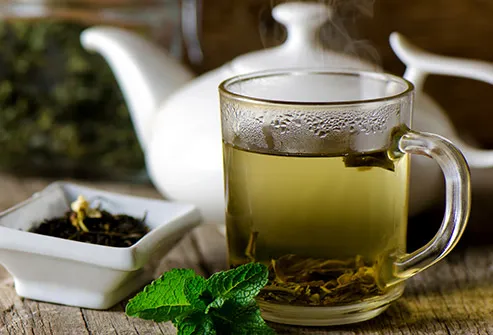
3
/
14
Green Tea
This has been a favorite drink in Asia for more than 4,000 years, and with good reason. Researchers have found that, in addition to other possible health benefits, green tea can help your gums and teeth stay healthy. That may be thanks in part to a chemical in it that helps your body fight inflammation.
Swipe to advance
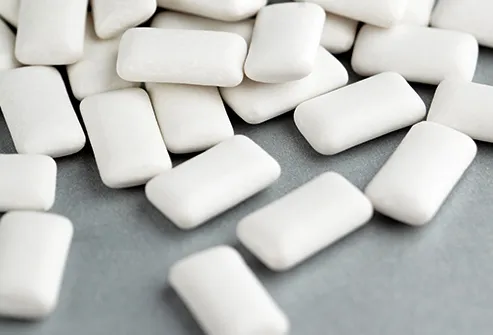
4
/
14
Sugarless Gum
If you chew a piece of this for 20 minutes or so after a meal, your mouth makes more saliva. That washes away bits of food and balances out some acids that germs in your mouth make. Look for gum made with sweeteners called xylitol, aspartame, sorbitol, or mannitol. And remember that you still have to brush and floss.
Swipe to advance
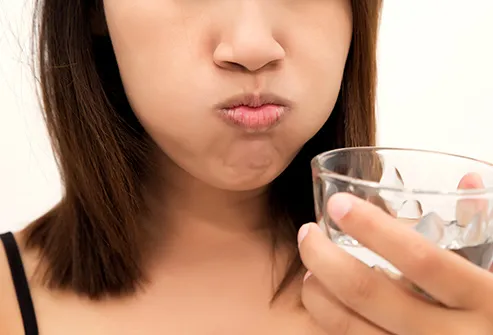
5
/
14
Salt Water
This mixture may not taste all that great, but it can help fight germs in your mouth. If your gums are red or sore, stir half a teaspoon of salt into a glass of warm water. Slosh it around in your mouth for about 30 seconds, then spit it out. Another use for warm, salty water: If a cold makes your throat scratchy, gargling with it can help for a while.
Swipe to advance
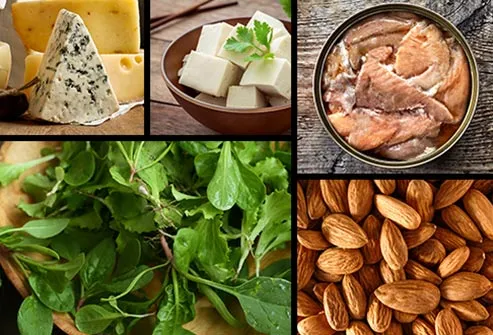
6
/
14
Nutrients
A healthy diet is good for your mouth, too. Calcium and phosphorous can make your teeth stronger. You can get calcium from low-fat or fat-free milk, yogurt, and cheese; soy drinks and tofu; canned salmon; almonds; and dark green, leafy vegetables. Phosphorus comes from eggs, fish, lean meat, and dairy products. Vitamin C, which helps your gums, is in citrus fruit, tomatoes, peppers, broccoli, potatoes, and spinach.
Swipe to advance

7
/
14
Water
Your body is about 70% water, so it’s a good idea in general to get plenty of it. But it’s especially good for your mouth and teeth. Your local water system probably adds fluoride to water, and that helps fight cavities. Water sloshing through your mouth washes away food particles and thins out the acids that germs make. Your body also turns some of it into saliva, which helps you swallow and supplies calcium to strengthen your teeth.
Swipe to advance
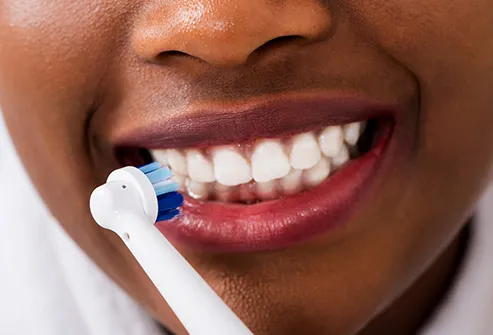
8
/
14
Electric Toothbrush
This powered device can be good for people with disabilities or seniors whose hands and fingers are stiff, but the old-school version works just as well. Either kind can do what your mouth needs. The gadgets that use jets of water to clean bits of food between your teeth can be good, too.
Swipe to advance
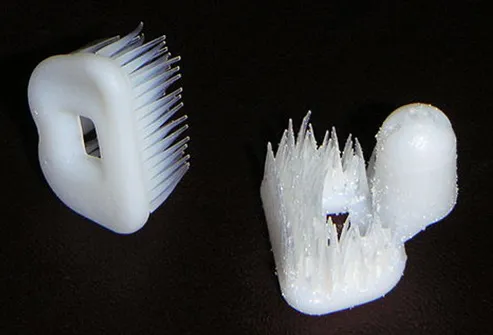
9
/
14
Chewable Toothbrush
This is kind of a cross between a toothbrush and gum. It has little bristles that rub against your teeth and gums as you chew. When you finish, you spit it out. Researchers have found that these can help clean your teeth, and they may be especially good for kids and seniors whose fingers and hands have a hard time handling a toothbrush.
Swipe to advance
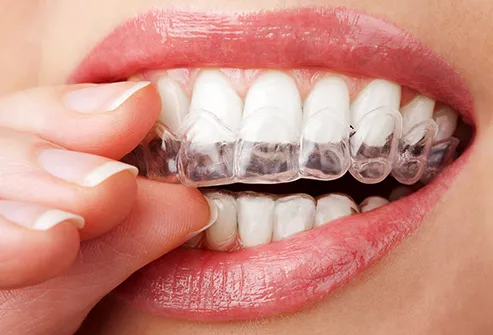
10
/
14
Whitening Products
One kind of over-the-counter whitener uses peroxide (on strips or brushed onto your teeth) to bleach your teeth. The other is toothpaste that uses gentle friction and chemicals to go after surface stains. They can work fairly well for some people, but your best bet may be to start with a treatment by your dentist, then follow up with one of these at home.
Swipe to advance
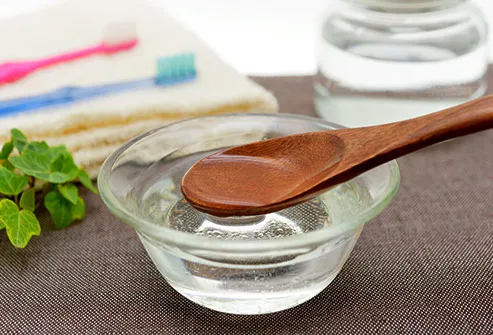
11
/
14
Oil Pulling
The idea here is to put a spoonful of coconut oil, olive oil, or some other edible oil in your mouth, then slosh it around and suck it between your teeth. It’s been done for centuries in India and South Asia, but there’s no scientific evidence that it fights cavities, whitens your teeth, or boosts your oral health in any way.
Swipe to advance
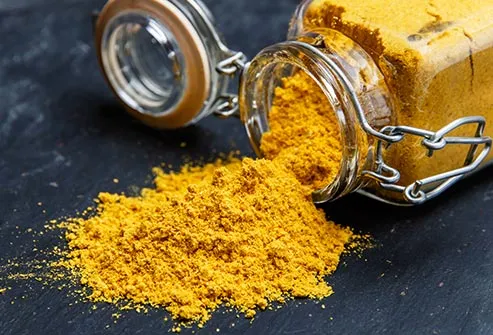
12
/
14
Turmeric
This spice is a key ingredient in curry powder. Folk medicine from South Asia has long used it to ease breathing problems, pain, and other ailments. You may have heard that turmeric also can whiten your teeth, but there’s no proof that it does that.
Swipe to advance
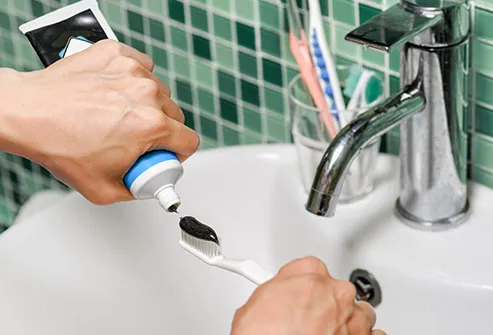
13
/
14
Charcoal
Toothpastes and powders that promise to whiten your teeth using this have been around for a long time, and sellers on the Internet have brought them back into the spotlight. But there’s no evidence that it does anything for your teeth, or that it’s even safe to use that way. More research needs to be done to know for sure, but charcoal may hurt your teeth by scraping them.
Swipe to advance
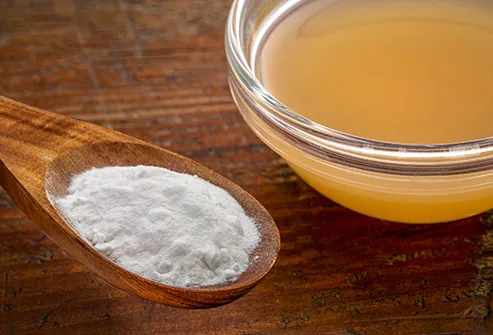
14
/
14
Fruit or Vinegar
Some home methods of teeth whitening have you start with something that has acids (like lemon juice or apple cider vinegar) or fruit with chemicals that help with digestion (like pineapple or mango). You mix that with something abrasive, like baking soda, and brush with it. In short, don’t. If the acid in fruit or vinegar rubs against your teeth, it can eat away at the enamel.
Swipe to advance
- Get link
- X
- Other Apps